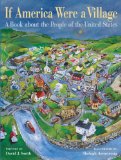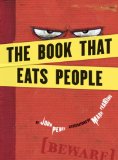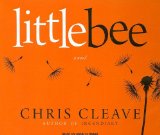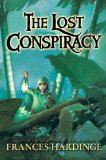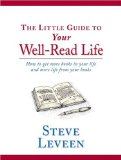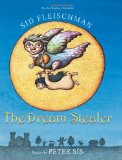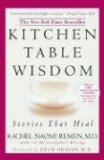 Kitchen Table Wisdom
Kitchen Table Wisdom
Stories That Heal
by Rachel Naomi Remen, M.D.
Riverhead Books, New York, 10th Anniversary Edition, 2006. 337 pages.
Starred Review.
In her Preface to the 10th Anniversary Edition, Rachel Naomi Remen writes,
“Because I am not a writer, when I sat down to write, all I had were my memories. The stories I had lived through and the stories I had shared. The stories people had told me in the supermarket, on airplanes and in the ladies room. So I told my computer a story. And then another. And another. When the manuscript deadline arrived, I had four hundred pages of little stories.
“I was mortified that this was all that I had to show after a year of work. In the world of medicine, where things that can be expressed in numbers are considered truer than things that can only be expressed in words, stories are considered poor form and storytellers are highly suspect. My tendency to tell stories had always been frowned upon by my medical colleagues and rejected as ‘anecdotal evidence.’ They preferred to measure truth in terms of hard data. So I had learned to keep my stories to myself….
“Now, ten years later, I too am less afraid, less apologetic. When I wrote Kitchen Table Wisdom, I had no idea what it would come to mean to people, about the way it would reach people and strengthen them, the way it would touch people and make them feel less alone. I have discovered the power of story to change people. I have seen a story heal shame and free people from fear, ease suffering and restore a lost sense of worth. I have learned that the ways we can befriend and strengthen the life in one another are very simple and very old. Stories have not lost their power to heal over generations. Stories need no footnotes.”
In the original Introduction, she talks about how she found these stories, when male doctors asked her to talk with patients, expecting a woman to be more comfortable with that.
“At first, I was surprised that people with the same disease had such very different stories. Later I became deeply moved by these stories, by the people and the meaning they found in their problems, by the unsuspected strengths, the depths of love and devotion, the rich and human tapestry initiated by the pathology I was studying and treating. Eventually, these stories would become far more compelling to me than the disease process. I would come to feel more personally enriched by them than by making the correct diagnosis. They would make me proud to be a human being.
“These stories engaged me at another, more hidden point. I too suffer from an illness, Crohn’s disease, a chronic, progressive intestinal disease which I had developed at the age of fifteen. So for me, these conversations eased a certain loneliness. This was a different sort of connection than the easy banter and camaraderie I enjoyed with the other medical residents. This was the conversation of people in bomb shelters, people under siege, people in times of common crisis everywhere. I listened to human beings who were suffering, and responding to their suffering in ways as unique as their fingerprints. Their stories were inspiring, moving, important. In time, the truth in them began to heal me.
“Everybody is a story. When I was a child, people sat around kitchen tables and told their stories. We don’t do that so much anymore. Sitting around the table telling stories is not just a way of passing time. It is the way the wisdom gets passed along. The stuff that helps us to live a life worth remembering. Despite the awesome powers of technology many of us still do not live very well. We may need to listen to each other’s stories once again.”
For some time now, I’ve been reading one or two of these stories every morning. What a blessing! They are stories of healing, stories of wonder, stories of transcendence. And they do pass along wisdom, a wisdom Dr. Remen learned from people coming from all walks of life. Truly a beautiful book.
“All stories are full of bias and uniqueness; they mix fact with meaning. This is the root of their power. Stories allow us to see something familiar through new eyes. We become in that moment a guest in someone else’s life, and together with them sit at the feet of their teacher. The meaning we may draw from someone’s story may be different from the meaning they themselves have drawn. No matter. Facts bring us to knowledge, but stories lead to wisdom.”
Buy from Amazon.com
Find this review on Sonderbooks at: www.sonderbooks.com/Nonfiction/kitchen_table_wisdom.html
Disclosure: I am an Amazon Affiliate, and will earn a small percentage if you order a book on Amazon after clicking through from my site.


